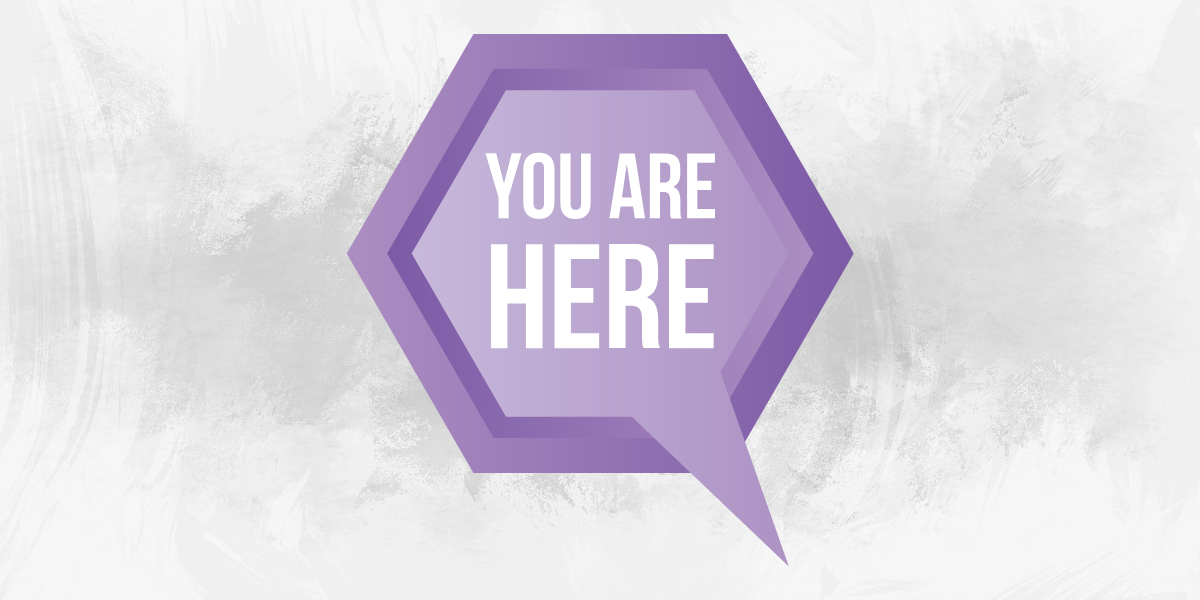
If you are applying for a job, you are promoting yourself. You are the product, and the salesperson who introduces your application to the customer includes your resume. Your goal is to convince your client that you are an essential part of the company. This persuasion starts with your resume. It is followed through your interview. Remember, If your resume isn’t accepted, you won’t receive an interview. If your resume is rejected, your job is done. So, in order to be able to find an employment opportunity, the first step is to write the perfect resume. There are many different patterns in writing resumes.
This article will go over some of the more popular types to help you have a decent idea of what type to choose when seeking a job.
Chronological resume
This format outlines your work background in an orderly arrangement. It is where you list your most recent experience in the workplace and then forwards it until you have mentioned the first time you worked. This is a straightforward format and may be the most commonly used format. Research shows that 84% of managers who hire use this style of resume. If you’re uncertain about the resume format, it is the best option. If you’ve had an inconsistent or erratic career or lack actual professional experience, this might not be a good fit for your situation. It can expose your weaknesses and paint you as untrained.
Functional resume
This type of resume portrays your character as someone who is still in the process of building a career. The resume is composed of two parts. The first one demonstrates the capabilities and skills that you have, and the second section focuses on your work knowledge. This format is ideal for those who have had an absence in their careers or have been employed at various places in various positions. The format shows that even though you’ve been involved in various assignments, you’re focused and goal-oriented. Functional resumes are designed if it is your primary goal to show your abilities, not the job title or experience.
Curriculum vita
This outline is perfect for research and academic fields. In general, this type of resume is more comprehensive than other resumes. It lists your accomplishments in every aspect, including dissertations, research paper projects, and any other academic projects you have completed. A CV could be as long as 30 pages long, and you should not be sending one unless you are specifically asked to. In some cases, if you are selected to be interviewed, you could be asked to provide a resume afterward.
Profile of a candidate
This format can’t be considered a resume. Certain companies prefer a customized profile over traditional resumes. The applicant is asked to fill in an online form to demonstrate her abilities, skills and abilities. This method is employed when hiring managers are looking to quickly scan thousands of candidates.
Final thoughts
You are the person who will be hired. Your resume or format may not be accepted. Remember that choosing the appropriate format is the initial step to getting an interview, and the next step is to pass the interview.





